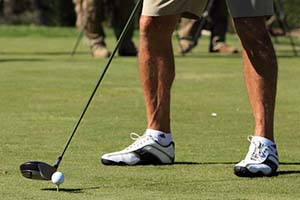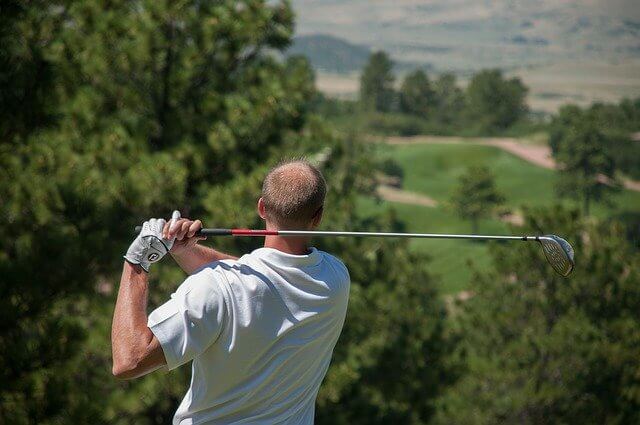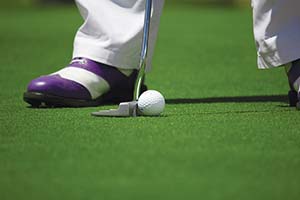An adult human ‘Spinal Support Engine’ has 24 vertebral bones, referred to as the ‘Pre or Supra Sacral Vertebrae’. At birth, the human spine consists of 33 individual irregularly shaped bones called ‘Vertebrae’. 9 of these fuse as the infant develops. I will identify these facets below.
Each of the 24 adult vertebra has a hole in the middle through which the spinal cord runs. These vertebral segments might remind you of boney and intra-cushioned structural donuts? Perhaps not? There are multiple small passageways through which the spinally sourced and branching nerves pass. The nerve that advises the brain that you have a tingly sensation or injured finger actually passes through or is branched from the Cervical or Neck Vertebrae. Anywhere you can feel anything below the base of your skull requires a nerve that transmits electro-chemical sensory to and through the Spinal Cord and column.
The spinal cord can be divided into five different regions, from top to bottom.
These 5 major segments of the spine are
- Cervical: The 7 vertebrae in the neck form the cervical region of the spine.
- Thoracic: The 12 vertebrae in the chest region form the spine’s thoracic region.
- Lumbar: The 5 vertebrae in the lower back form the lumbar region of the spine.
- There are also 5 fused segments that make up the Sacrum.
- There are additionally 4 fused segments that comprise the Coccyx. (see ‘Tail Bone’)
There is a ‘Golf Point’ to be made here. Think about ‘Load Coiling’ your spine from the hips to the base of the skull. Let us consider the ‘24 Presacral Vertebrae’. If each vertebra can rotate about 1.25 degrees, the total Spinal Rotation will be 1.25 x 24 = 30 degrees. If an athlete is highly supple, that unit rotational range might reach 1.75 degrees for total range of 42 degrees. The Capital Vertebra (the one on which the cranium rests) has more range and thus we might accomplish as much as 45 or more degrees. Might this teacher suggest (to avoid Soft Tissue Injury – STI) that you do NOT strive to ‘Over Rotate’. It is much safer and cheaper to take an extra club than to injure your Spinal Column in any region or segment.
It is important to recognize that the ‘Lower Body Machine’ (LBM or Core Primary Articulating Joints … Ankles, Knees, Hips, Spinal Column and Neck) may accomplish 90 degrees or more total ‘Vertical Spinal Axis Range Of Shoulder Rotation’. The Hips down to the ground will achieve about 45 degrees of the 90. As explained above, the Shoulders do NOT actually rotate 90 degrees as it so commonly supposed!
Again, ‘Do NOT Over-Rotate’. Flair or open your Target Foot to invite ‘Hip Release’ and prevent very common ‘Golfer’s Lumbar or Lower Back Injury’! Discomfort means “STOP”! If you want or need more Range Of Motion (ROM), grow it gradually!
Are you a member of the 555 Club House? We’ve got over 1200 pages of golf resources for you.



















